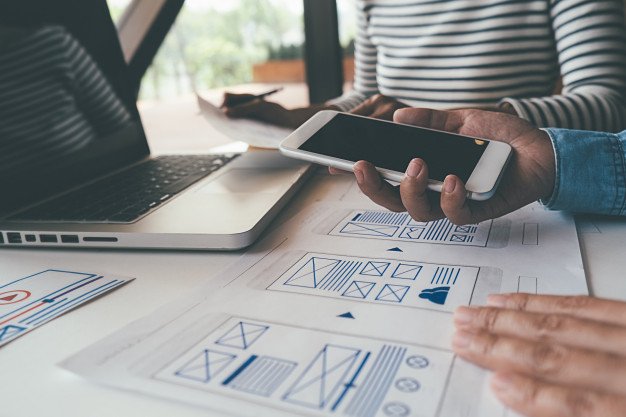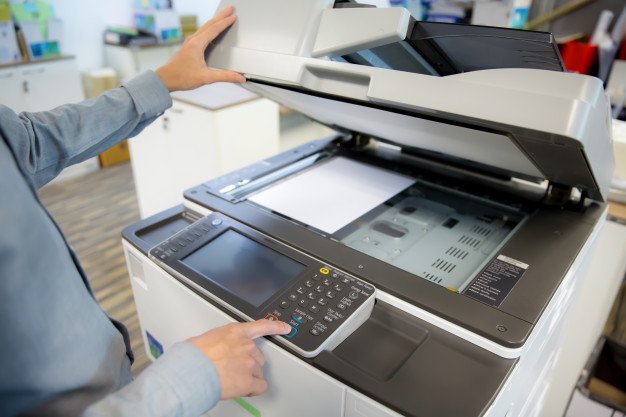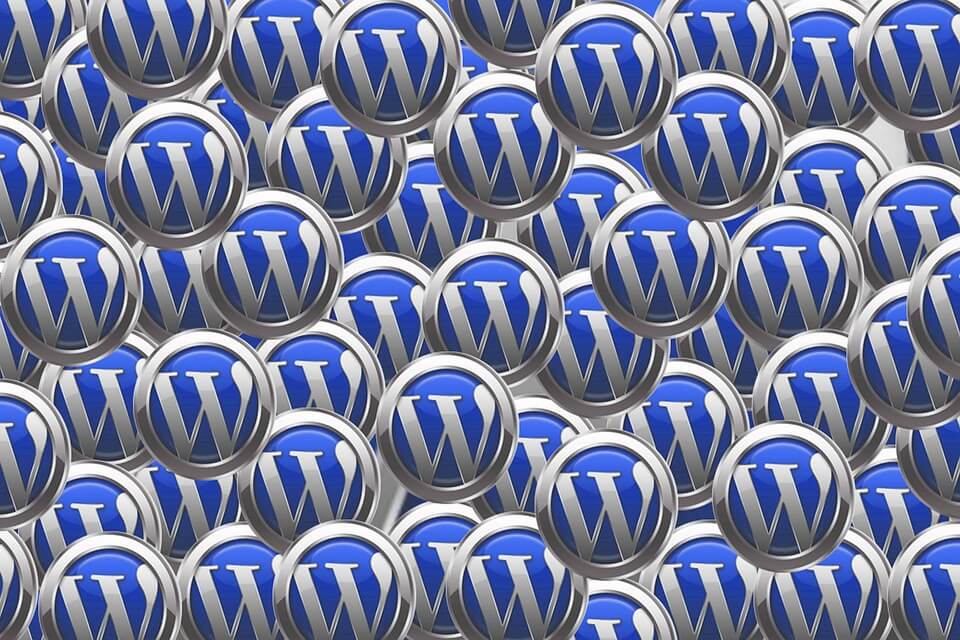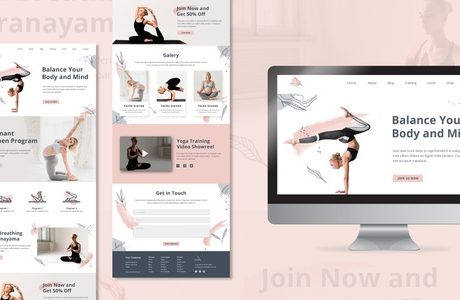People are tethered to their phones even when they are not using it. When they are not doing anything, they remain close to their phones to hear any notification ringtone.
More importantly, they use their phones to access websites, shop, watch YouTube, log on to Facebook or Instagram, or search on Google. By the end of 2019, the number of mobile Internet users would have grown to 4.68 billion.
A mobile UX designer optimizes your website making use of the best practices for mobile users. If your website is not yet optimized, you need to do it right away.
It’s projected that by 2021, 73% of all eCommerce activities will come from mobile users. Right now, China alone has 98% penetration rate in terms of mobile Internet.
What Can a Mobile UX Designer Do for You?
To answer that, you must first know what makes a good website. Google has attempted to answer this question by listing the following elements:
- Make the navigation easy for the user. Call to actions should take a prominent position
- The users can call customer service directly from the website
- Menus should be clear and concise
- Visitors tap the logo when they go back to the home page
- The local search box should be visible at first glance
- Add filters to narrow down the search, particularly for eCommerce sites
- In the same vein, the site should yield relevant results in response to site query
- Avoid site registration before users can explore your website
- Users can make a purchase even without registering to your site
- Quick sharing to social networks
- Quick links so they can email themselves and finish the task on other devices
- The website should be optimized for mobile, which means fonts are larger and the images are expandable
What Can You Expect from a Mobile UX Designer?
A mobile UX designer will make sure that people will have a positive user experience when they access your website through mobile devices.
A good designer will:
- Conduct UX research to understand users’ needs and behaviors
- Cut out the clutter for easier navigation. The navigation should be intuitive
- Properly use colors, graphics, font, and negative space to highlight key content and promote activity
- Test your mobile website for optimum experience and functionality
- Make sure your website is stable for mobile use
- Insist on the consistency of themes and design across devices
- Ensure that important elements measure 18mm so they can be easy to tap
Finally, the mobile UX designer should ensure that your website loads fast. According to Google, most mobile websites load at an average of 15 seconds.
That won’t do. The same Google research warned that customers almost always leave when it takes more than 10 seconds for the mobile landing page to load. Even if the website loads for 1-3 seconds, the bounce rate will increase to 32%.
The mobile app services of Sunlight Media include a dedicated mobile UX designer who will check and test the architecture and workflow of your app. They will work with you to achieve your goals and ensure the app will adhere to your style guide. Head to their website now or contact them at 323-868-3581.
Read Also:






















